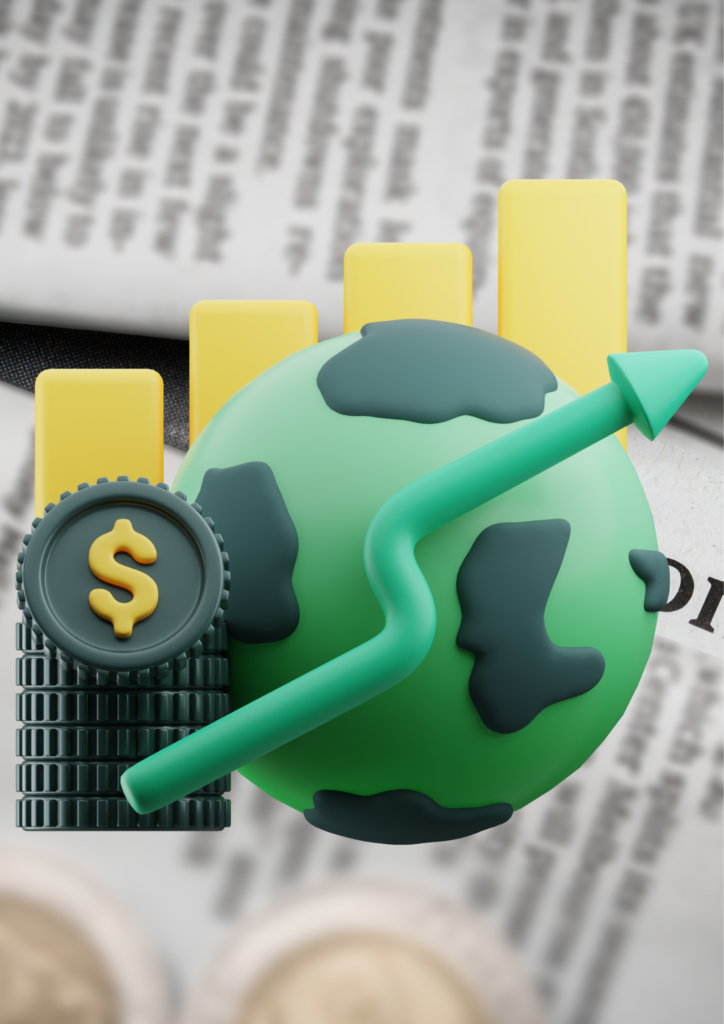The Intricate Mechanism of an Economy

The Fundamental Economic Problem: Scarcity
At the heart of every economy lies a fundamental economic problem: scarcity. This means that resources, like land, labor, and capital, are limited, while human wants and needs are unlimited. To address this challenge, economies must make choices about how to allocate these scarce resources.
The Circular Flow Model: A Simplified View
To understand how an economy works, economists often use a simplified model called the circular flow model. This model depicts the flow of goods, services, and money between households and firms. Households supply factors of production (labor, land, and capital) to firms, which in turn use these resources to produce goods and services. Households then purchase these goods and services from firms, completing the cycle.
The Role of Government
While the circular flow model provides a basic framework, the role of government is crucial in shaping the economic landscape. Governments implement fiscal and monetary policies to influence economic activity. Fiscal policy involves government spending and taxation, while monetary policy involves controlling the money supply and interest rates. These policies can be used to stimulate economic growth, control inflation, and reduce unemployment.
The Invisible Hand: Market Forces at Work
A cornerstone of many economic systems is the concept of the “invisible hand,” introduced by Adam Smith. This idea suggests that individuals acting in their own self-interest can lead to positive outcomes for society as a whole. In a market economy, prices act as signals, guiding resource allocation and production decisions. When demand for a product increases, prices rise, encouraging producers to increase supply. Conversely, when demand decreases, prices fall, leading to reduced production.
Challenges and Disruptions
Despite the elegance of economic theory, real-world economies are subject to various challenges and disruptions. Economic cycles, characterized by periods of growth and recession, can impact employment levels, income distribution, and overall economic well-being. External shocks, such as natural disasters, political instability, or global economic crises, can further complicate the economic landscape.
The Pursuit of Economic Well-being
The ultimate goal of any economy is to improve the well-being of its citizens. This involves creating jobs, ensuring economic growth, and reducing poverty. By understanding the intricate workings of an economy, policymakers and individuals can make informed decisions that contribute to a more prosperous future.




















